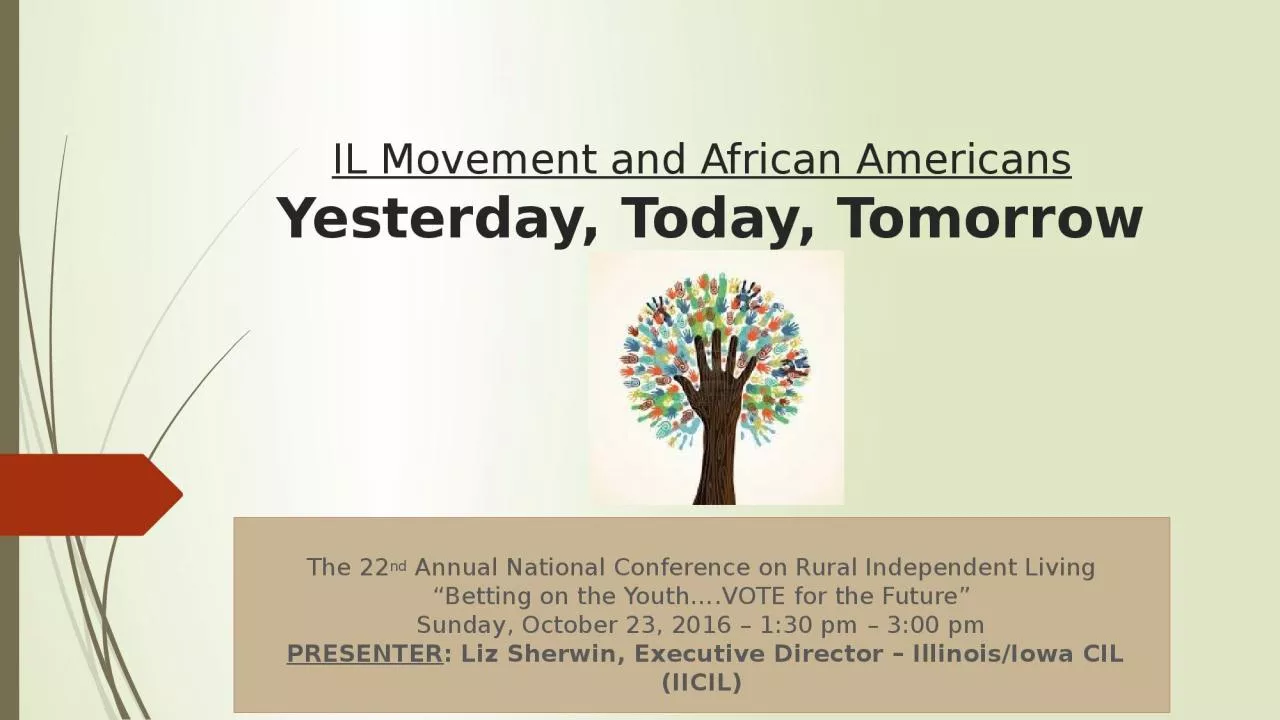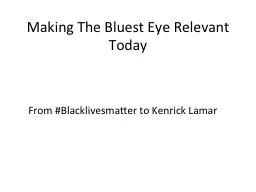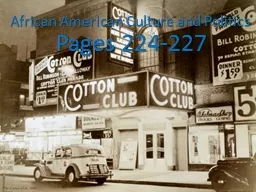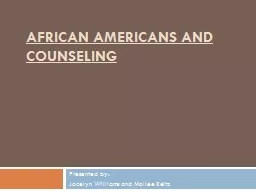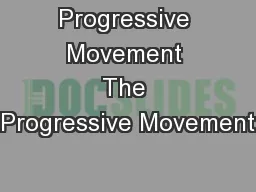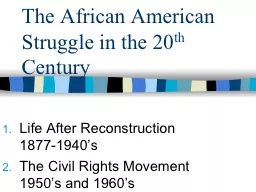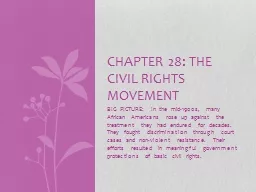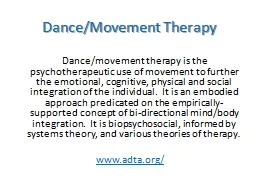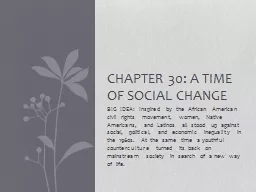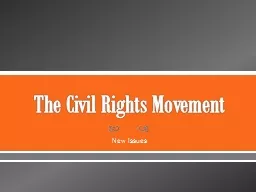PPT-IL Movement and African
Author : susan | Published Date : 2022-06-28
Americans Yesterday Today Tomorrow The 22 nd Annual National Conference on Rural Independent Living Betting on the YouthVOTE for the Future Sunday October 23 2016
Presentation Embed Code
Download Presentation
Download Presentation The PPT/PDF document "IL Movement and African" is the property of its rightful owner. Permission is granted to download and print the materials on this website for personal, non-commercial use only, and to display it on your personal computer provided you do not modify the materials and that you retain all copyright notices contained in the materials. By downloading content from our website, you accept the terms of this agreement.
IL Movement and African: Transcript
Download Rules Of Document
"IL Movement and African"The content belongs to its owner. You may download and print it for personal use, without modification, and keep all copyright notices. By downloading, you agree to these terms.
Related Documents

